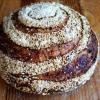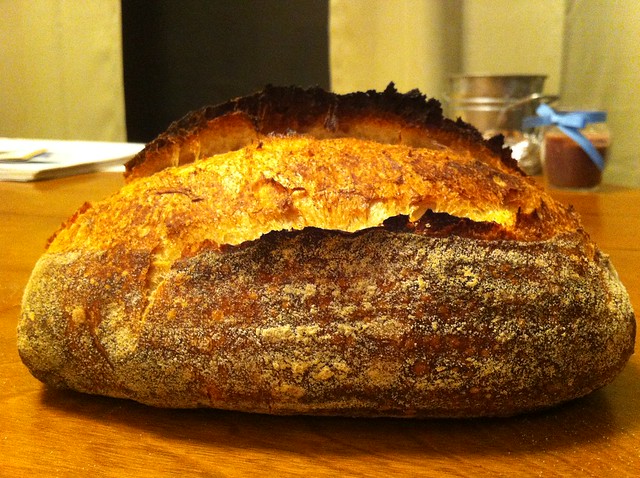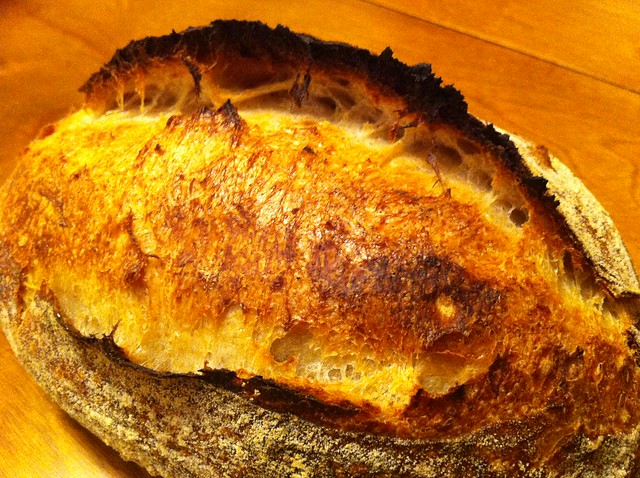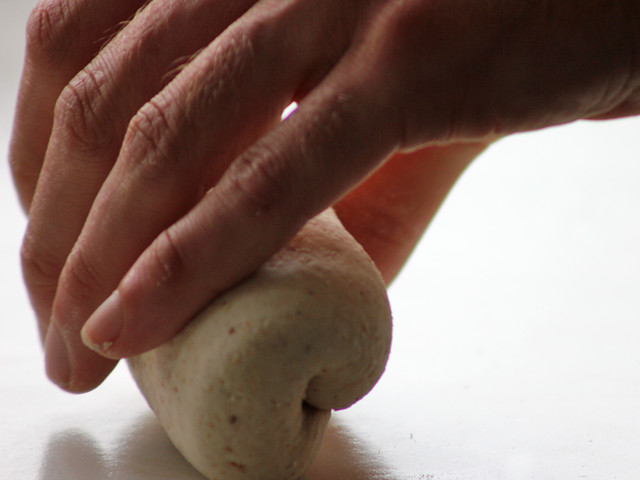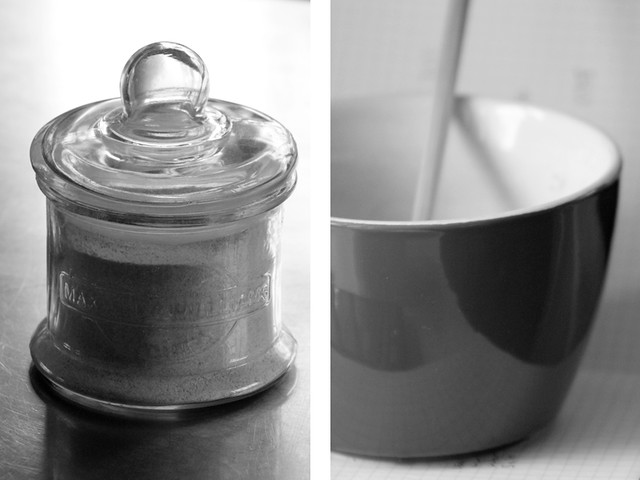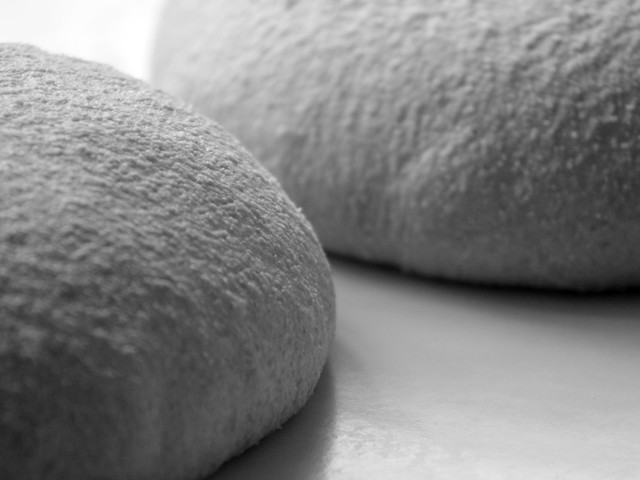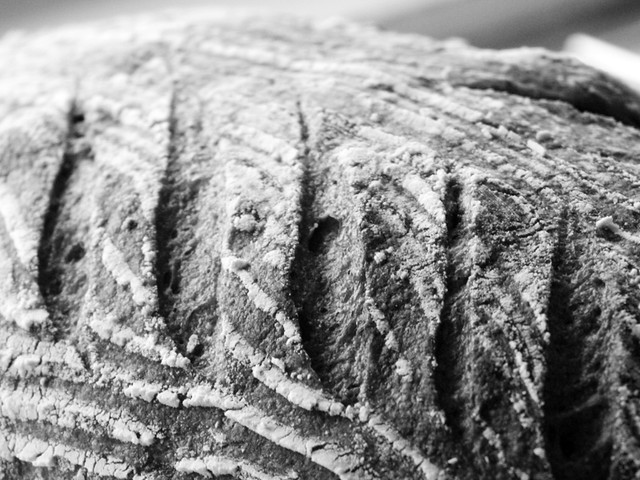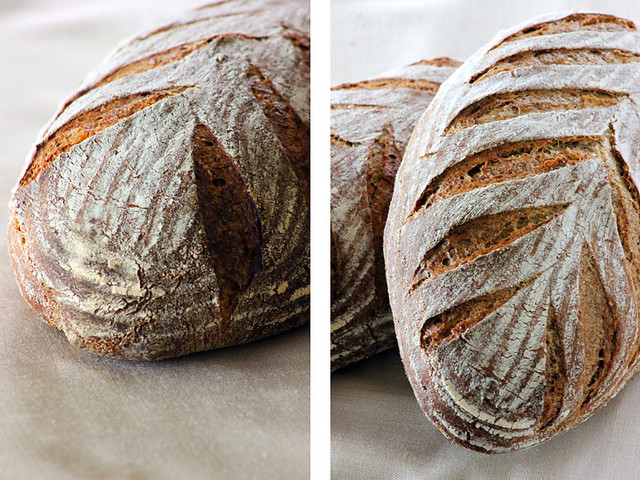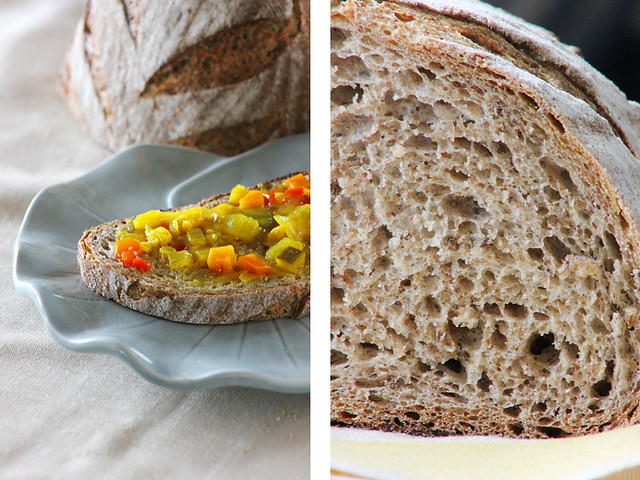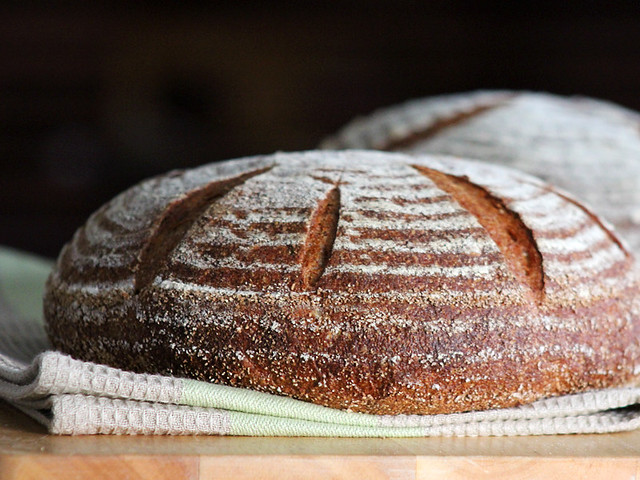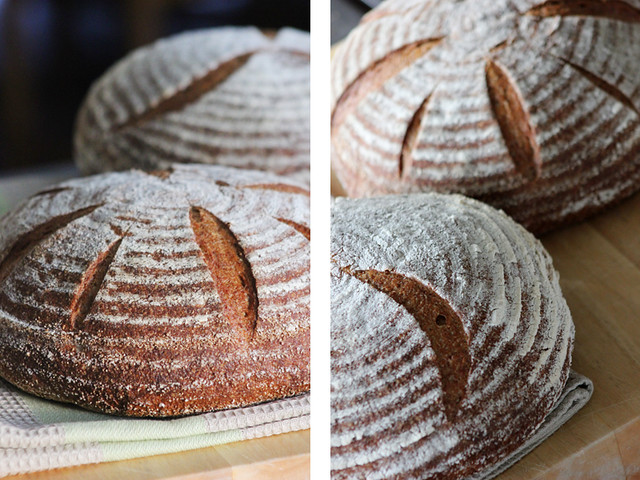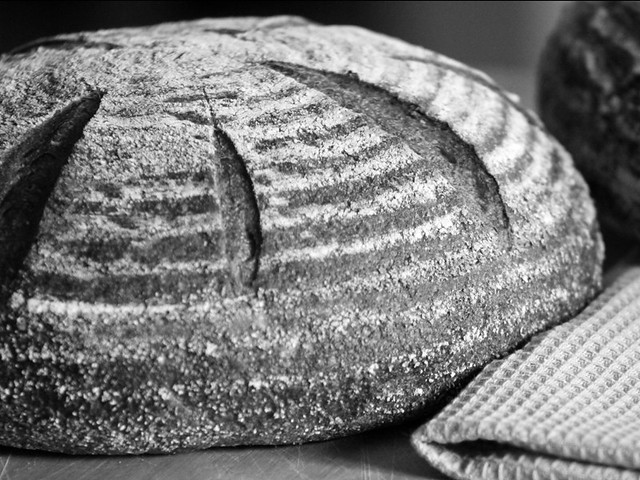I bought a new book. Yes! another bread book. I wasn't planning to ... and thinking back I'm not completely sure where the inspiration came from, but sometimes inspiration just happens. (or in Nat's version of events ... self indulgence just happens...)
A week ago a second hand copy of ‘The Taste of Bread’ by Raymond Calvel, Ronald L. Wirtz and James J. MacGuire was delivered to my doorstep and I have been trying to absorb as much from it as I possibly can. I find it such an interesting read─on so many levels─from heavy discussions on the effect mixing has on dough maturity to small soulful snippets on French bread.
The chapter that captured my attention most and had me obsessively re-reading it was the chapter on flour. The classification and choice of flour available in France intrigues me. Finding such depth within a seemingly simple ingredient as white flour was something I wanted to explore and as luck would have it I had recently been given the name of a bakery─‘Uncle Bob’s Bakery’ that was stocking imported French flour.
Not only that, but the owner of ‘Uncle Bob’s Bakery’, Brett Noy was recently given the honour of being a jury member for the 2012 Coupe du Monde del la Boulangerie─the Bakery World Cup!!! … mmm … another French connection to this story it seems.
In France the purity level of flour is determined by mineral content measured by the ash level. So at different extraction rates you may have different ash content depending on the type of wheat, procedures used, mill equipment and the skill of the miller. As the ash level rises you will have flour that is richer with bran particles and darker in colour.
Choosing flour was the easy part but trying to make a final decision on what to bake was a bit trickier and in the end the flour dictated the final choice.

T45
This flour is normally associated with viennoiseries such as croissant, brioche and specialty breads containing high fat, sugar and eggs. As winter is slowly creeping upon us, it was time to revive one of my favourite traditions over the cooler months─brioche for weekend breakfasts with café au lait.
The formula I worked with was Raymond Calvel’s ‘Brioche Leavened with Sponge and Dough’. It has a butter content of 45% (I used a cultured butter) and a small sponge of flour, yeast and milk which is mixed into the remaining dough after 45 mins of fermenting. As is usual when mixing this type of bread by hand I was kneading at the bench for at least 30 min by the time the butter was fully incorporated smoothly into the dough. Day-by-day a mixer looks increasingly tempting! (only if Nat gets to pick the colour!)
The dough was rested in the fridge overnight and shaped in the morning for the final proof. Oh, it has been such a long time since we have had brioche around our house. The soft golden crumb teared so easily and when dipped in coffee─made my soul smile.

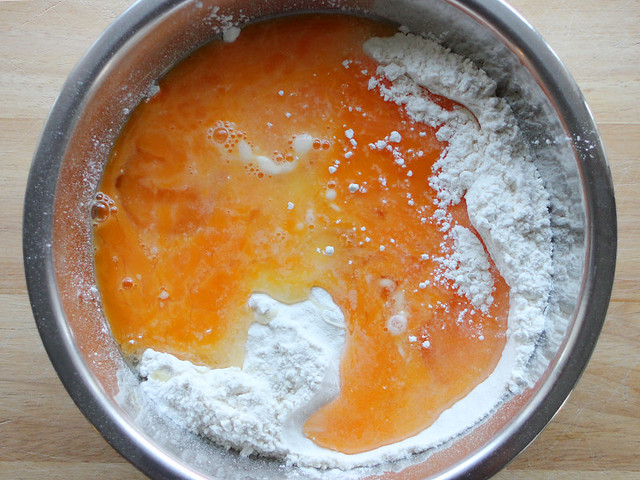


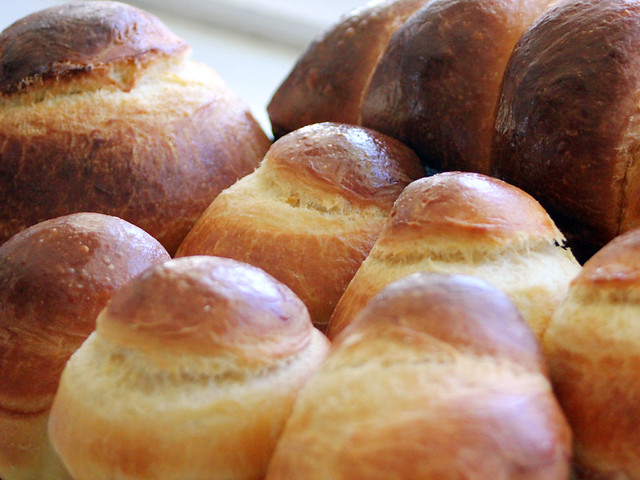
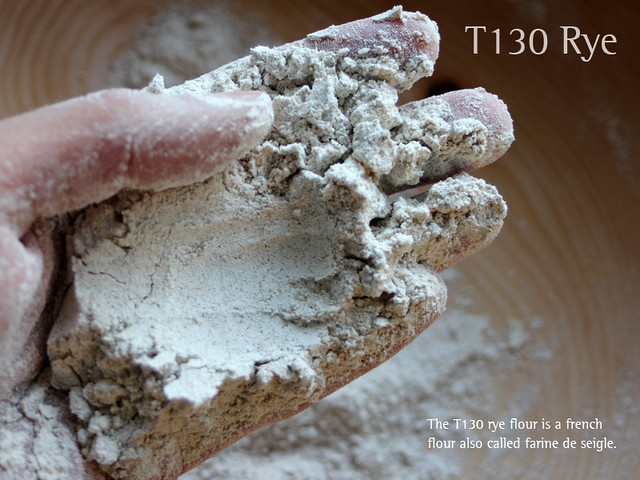
T130 Rye
For my experiments with this medium rye flour I took inspiration from photos of the amazing crusts of the tourte de seigle found in the boulangerie windows of Paris. It’s the contrast I love─the dark well baked crust scattered with flour coated islands.

Tourte de Seigle adapted from Denis Fatet’s formula at www.cannelle.com
Formula
Overview | Weight | % |
Total dough weight | 1200g | |
Total flour | 678g | 100% |
Total water | 522g | 77% |
Total salt | 13g | 2% |
Prefermented flour | 319g | 47% |
| | |
Sourdough build: 1h 30 @ 35°C | | |
Levain at 60% hydration | 240g | 141% |
T130 rye flour | 170g | 100% |
Water at 70°C | 170g | 100% |
Salt | 5g | 3% |
| | |
Final Dough: 1h 45 @ 40°C | | |
Rye flour T130 sifted or T85 rye | 358g | 100% |
Water at 70°C | 262g | 73% |
Salt | 8g | 2% |
Sourdough | 580g | 162% |
Method
- Prepare sourdough: Stir hot water into rye flour then add levain and mix until smooth. Sprinkle with rye flour and allow to rise for 1hr 30 at 35°C. Cracks will appear on the surface of the sourdough.
- Prepare final dough: Stir hot water into rye flour and salt then mix in sourdough until smooth. With wet hands round the dough and flatten into a round disc. Set to proof seam side down on floured parchment paper. Dust with flour and smooth with hand to ensure an even coating. Proof uncovered and away from draughts.
- Proof for 1h 45 at 40°C. Cracks will appear on surface during proofing.
- Load into oven with steam at 270°C for 10 mins then reduce temperature to 250°C and bake a further 60 mins.
I have to be honest, I was a little nervous about the idea of mixing the levain into the hot water and flour mix. But my worries were unfounded. The hot mix cooled as I stirred it and cooled even further when I added the levain creating a warm sourdough sponge that really went off fast.
I have heard that keeping a correct proofing temperature greatly assists with even cracking over the surface so the tourte de seigle proofed in our tiny bathroom under the heat lamp. I pushed the proofing to two hours but think next time I will reduce it to the specified time as the crumb shows some signs of slight over-proofing.
This is a crust lovers bread. The crumb is smooth and mild with only a hint of sourness. After many bakes of whole-grain ryes this bread is a pleasant change─A perfect balance of flavour and texture. But most importantly I love the way it looks. Dramatic bread! Breakfast during the week has been slices of this slathered with cultured butter.



T65
The classic French bread for a classic French flour. Looking again to ‘The taste of Bread’ I used Raymond Calvel’s Pain au Levain formula substituting the T55 flour with the T65 I had on hand. At 64% the hydration was quite a bit lower than what I have been mixing recently but after an autolyse and solid 15 min mix by hand it produced a smooth and silky dough. It certainly felt different to the Australian flours I have been using but I am not sure how to put it best into words. Softer to the touch perhaps?
While the book uses a spiral mix followed by a 50 min bulk fermentation I was mixing by hand so opted for a gentler mix followed by a longer three hour bulk ferment to build strength and maturity in the dough. The final proof stretched out through the afternoon as the temperatures dropped but all the time increased the flavour of this delicious bread.

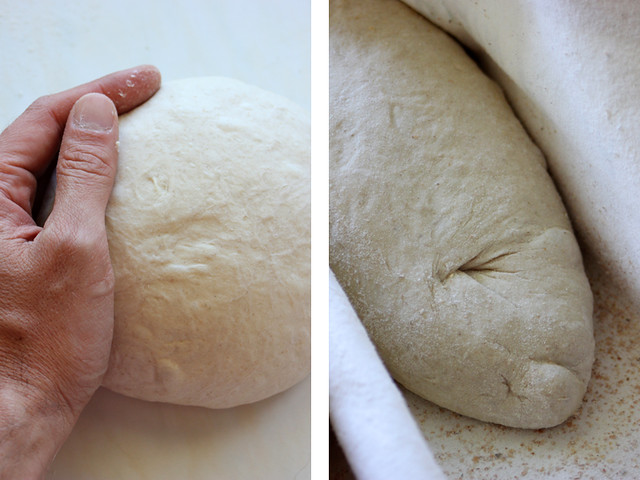
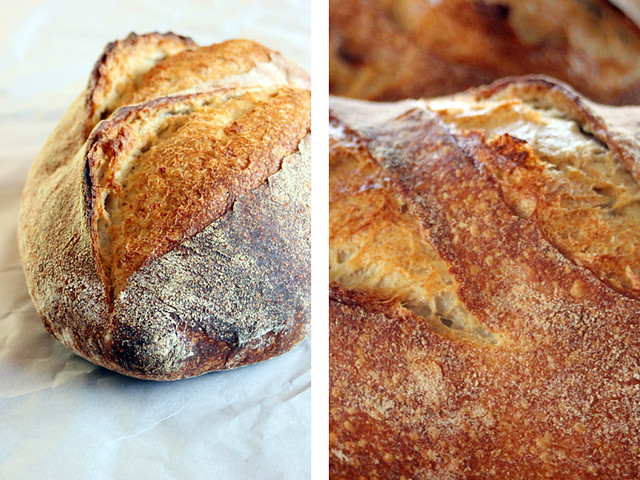


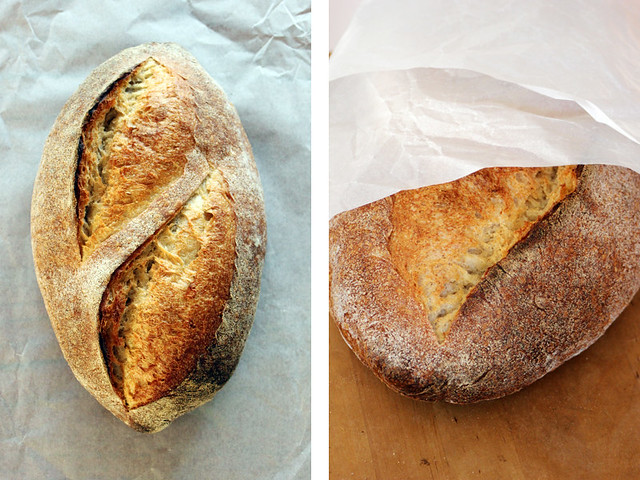

Nat is torn. She loves the flavour and texture of this bread, more so than the some of the Australian organic flours I have been using … but it has come all the way from France … sigh. We are mindful of our footprint ...
I love the flavour as well so I am keen to keep experimenting with it … for the time being anyway.
Cheers,
Phil


